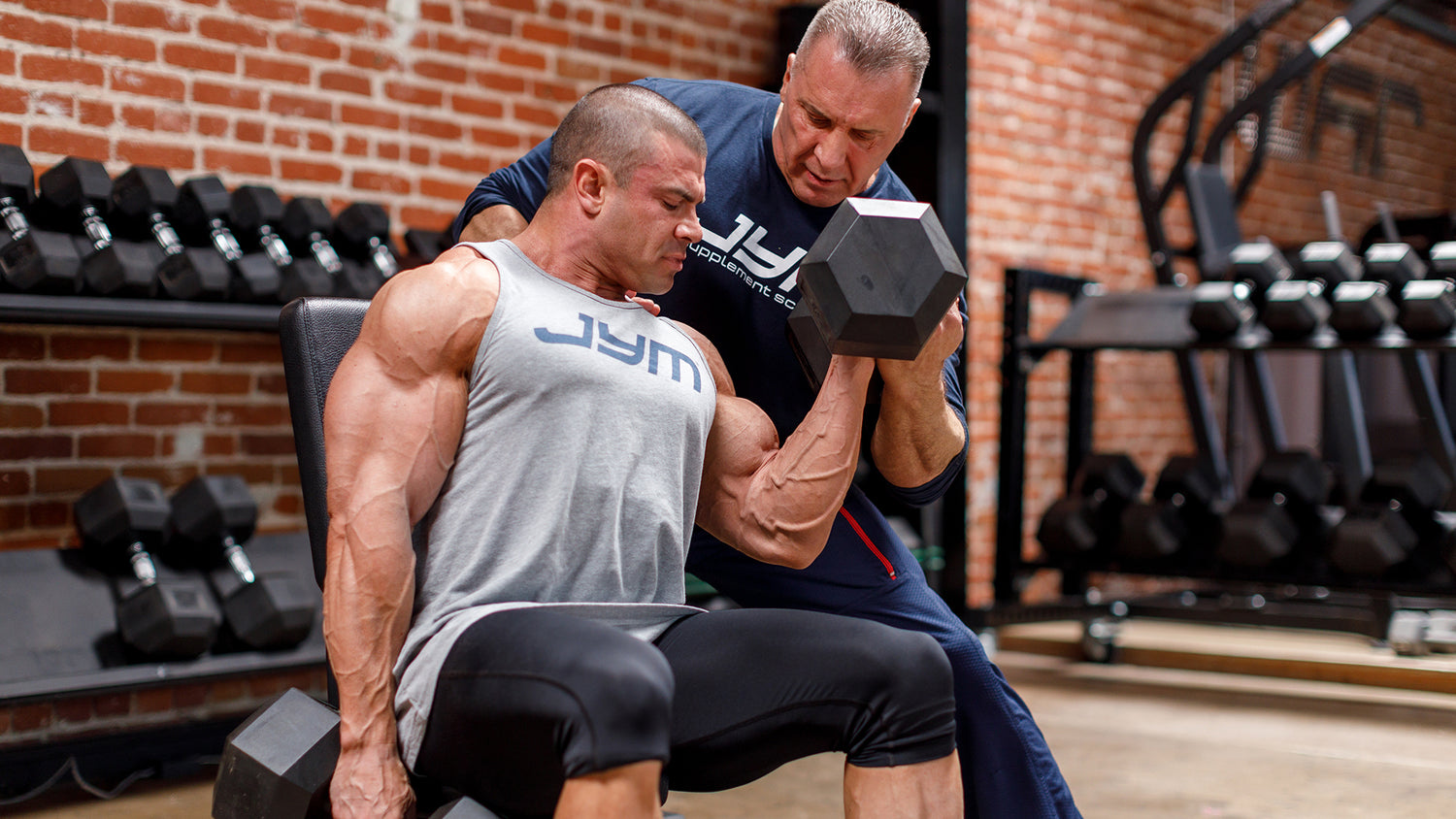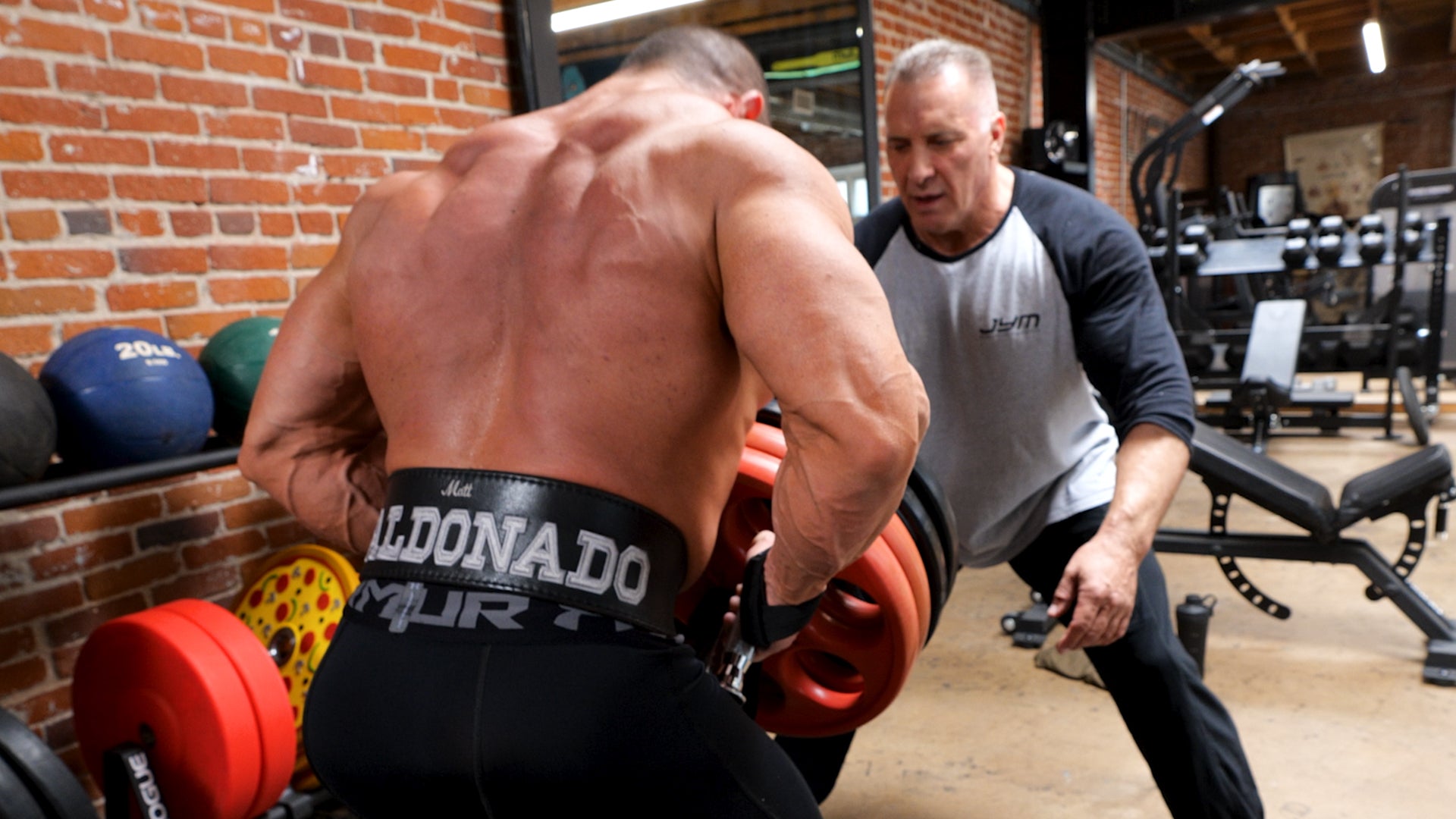Getting your TUT dialed in can result in huge gains in muscle size.
It’s easy to get caught up in counting reps during your workouts, when in fact there’s actually one intra-set training variable that’s arguably more important but often disregarded: time.
How long did the set last? More specifically, how long were your muscles under tension? It’s a training principle that those in the strength community are starting to talk about a lot more these days, and rightfully so: time under tension (TUT).
It’s a fairly simple concept. A set of three super-slow reps that lasts 30 seconds (ie, 10 seconds per rep) has the same TUT as a set of 15-20 fast reps that also takes 30 seconds. The rep counts are different, but the muscles are exposed to the given resistance for the same amount of time.
Why Does TUT Matter?
The important thing to consider is that the TUT of a given set—and collectively of multiple sets in a workout—will go a long way in determining the results of your training. Reps matter, too, but to ensure you’re maximizing your primary goal, be it size or strength, it’s best to always make sure you’re in the corresponding “sweet spot” for TUT to address that goal.
These sweet spots appear to be 4-20 seconds per set for strength and power and 40-60 seconds per set for muscle size (hypertrophy). Typically, this is achieved through sets of 1-6 reps and 8-20+ reps, respectively, but your reps and TUT don’t necessarily need to mirror each other in the traditional sense.
For example, a set of 12 reps that only last 20 seconds (because the reps were performed very rapidly) is probably not going to be ideal for building muscle, whereas a set of 5 reps that lasts 45 seconds likely will be.
Of course, you can and should utilize both strength- and size-producing TUT parameters in your overall program, especially if you’re interested in getting both bigger and stronger (which most guys are).
Milos Sarcev’s Take on TUT
One trainer who’s been designing programs around TUT for decades is Milos “The Mind” Sarcev, creator of the Hyperemia Advantage Training System. In this video, Sarcev discusses the underlying metabolic processes involved with TUT, including the three methods for stimulating muscle growth. He also explains why he’s generally not a fan of fast reps when training his clients.
Fair warning: TUT training for maximizing muscle growth isn’t easy. It requires slow, controlled reps and oftentimes holding peak contraction at the top of a rep—both of which require a good bit of burning and discomfort. But if you’re mindful of time under tension across your workouts, and you tailor your TUT around your goals, you’ll be pleasantly surprised by the results.




